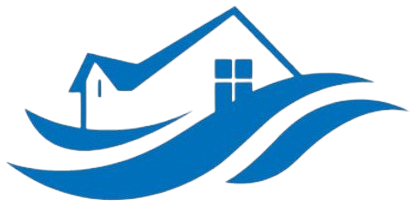Wet Insulation Removal Services in Brookwood, Georgia
Possible Causes of Wet Insulation
Water damage in your home often begins with a leak or flood that saturates the insulation in your attic or walls. Common causes include burst pipes, roof leaks, or severe storms that allow water to seep into your building’s structure. Over time, these issues can result in insulation becoming damp or completely soaked, creating a breeding ground for mold and unpleasant odors.
Additionally, HVAC system leaks or plumbing failures behind walls can contribute to wet insulation. When moisture remains trapped, it compromises the insulation’s effectiveness, leading to higher energy bills and uncomfortable living conditions. Recognizing these causes early helps in addressing the problem before lasting damage occurs.
How Can We Fix That
Our team begins by thoroughly assessing the extent of the water damage. We use advanced moisture detection tools to locate damp insulation and identify any hidden issues behind walls or ceilings. Once the extent of the saturation is determined, we carefully remove the wet insulation to prevent mold growth and further property damage.
After removal, our experts take steps to dry the affected areas completely. We utilize industrial-grade drying equipment to eliminate residual moisture and restore a safe environment. This process also involves checking for mold or mildew development, which is common in damp insulation. Finally, we recommend timely replacement of the insulation with high-quality, moisture-resistant materials if needed, ensuring your home remains comfortable and energy-efficient.
Throughout the restoration process, our team ensures minimal disruption to your daily routine. We work efficiently and carefully to protect your property and prevent future water issues. Trust us to handle your wet insulation removal with professionalism and attention to detail.
Why Are We the Best in That Case
Our experienced team understands the urgency of water damage situations and responds promptly to prevent secondary issues like mold growth. We have the specialized training and the latest equipment needed for a thorough inspection and efficient removal process. Our focus is on delivering lasting solutions that safeguard your home and health.
We pride ourselves on providing transparent communication and personalized service tailored to your specific needs. Our experts assess each situation carefully, recommending the most effective remediation plan. We are committed to using eco-friendly and safe materials, ensuring your home remains healthy after repairs.
Choosing us means selecting a locally trusted service provider known for reliability and quality. Our team’s dedication to excellence means you’ll receive expert care, quick turnaround times, and affordable pricing. Call us today at (888) 884-7150 for immediate assistance with wet insulation removal in Brookwood and surrounding areas.
Frequently Asked Questions
What are the signs of water-damaged insulation?
Signs include musty odors, visible mold, or discoloration on walls and ceilings. You may also notice increased energy bills or uneven temperature distribution in your home.
How long does wet insulation removal take?
The removal process typically depends on the extent of water damage. Minor cases may be resolved within a few hours, while more severe situations could take a day or two. Our team works efficiently to restore your home as quickly as possible.
Is wet insulation safe to leave untreated?
No, wet insulation can promote mold growth, leading to health issues and structural damage. It’s crucial to remove and replace affected insulation promptly to maintain a healthy indoor environment.
Will I need new insulation after removal?
In most cases, yes. Wet or mold-infested insulation should be replaced to restore energy efficiency and prevent mold proliferation. Our experts can recommend the best moisture-resistant insulation options for your home.
How can I prevent water damage in the future?
Regular roof inspections, gutter cleaning, and plumbing maintenance help prevent leaks. Installing water detection alarms and ensuring proper ventilation can also reduce the risk of insulation becoming wet again.
